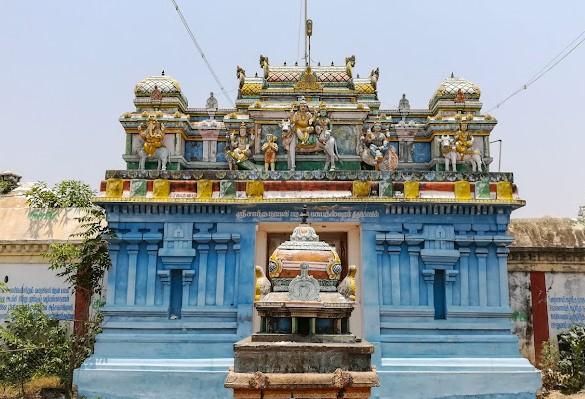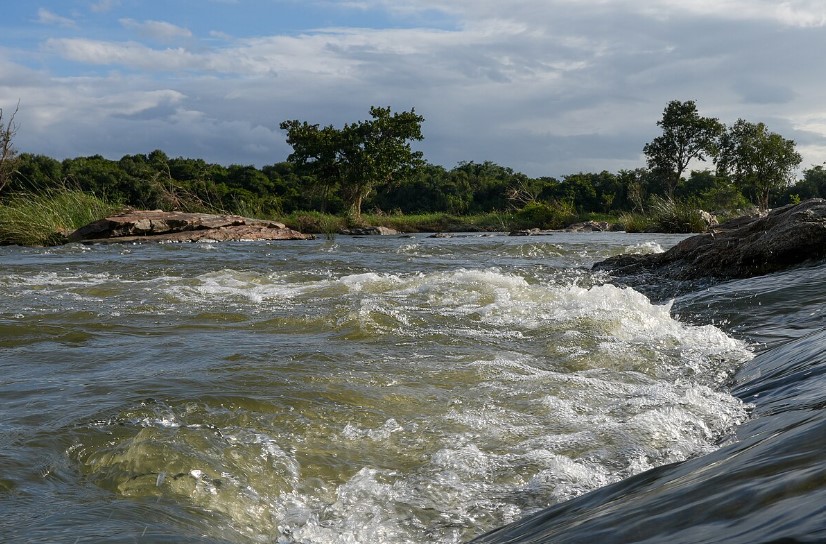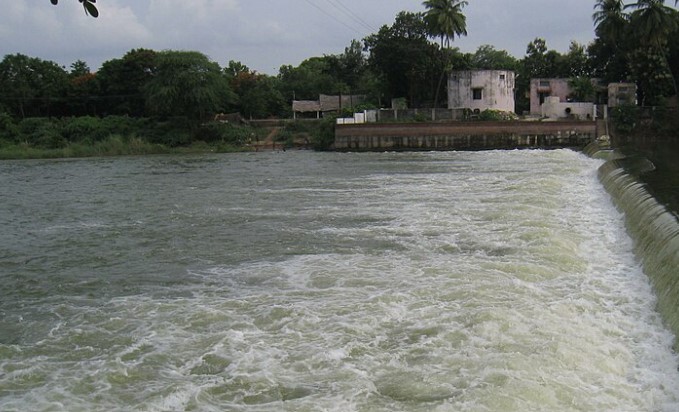- This temple is one of the 276 Devara Paadal Petra Shiva Sthalams and is recognized as the 72nd Shiva Sthalam on the southern bank of the river Cauvery in Chozha Nadu (Thenkarai).
- The presiding deity, Lord Shiva, is worshipped as a Swayambumurthi, meaning he is self-manifested.
- The temple faces east and features a unique main tower that lacks traditional tiers.
- Instead of a conventional Gopuram, visitors are greeted by exquisite sculptures depicting Lord Shiva, Vinayakar, Murugan, and Goddess Parvathy. The entrance boasts a beautiful arch, adding to the temple's charm.
- Inside, there is a single corridor, and notably, the temple does not have a flag post, known as the “Dwajasthambam.”
- The last consecration ceremony, or Maha Kumbabishekam, was held on September 10, 2006.
- This temple, formerly known as Thirukondeeswaram, is now referred to as Thirukandeeswaram.
HISTORY:
- This ancient temple is located on the southern bank of the river Mudikondan.
- According to legend, in ancient times, this region was densely covered with Vilwa trees.
- Hence, this place gets the name Vilvaranyam.
- The historical names of this place are Vilvaranyam and Thirukkondeecharam. However, now this place is known as Thirukkandeeswaram.
- There is a stone inscription in this temple which dates back to the period of Vijayanagara King Veera Krishnadevarayar.
PURANIC SIGNIFICANCE:
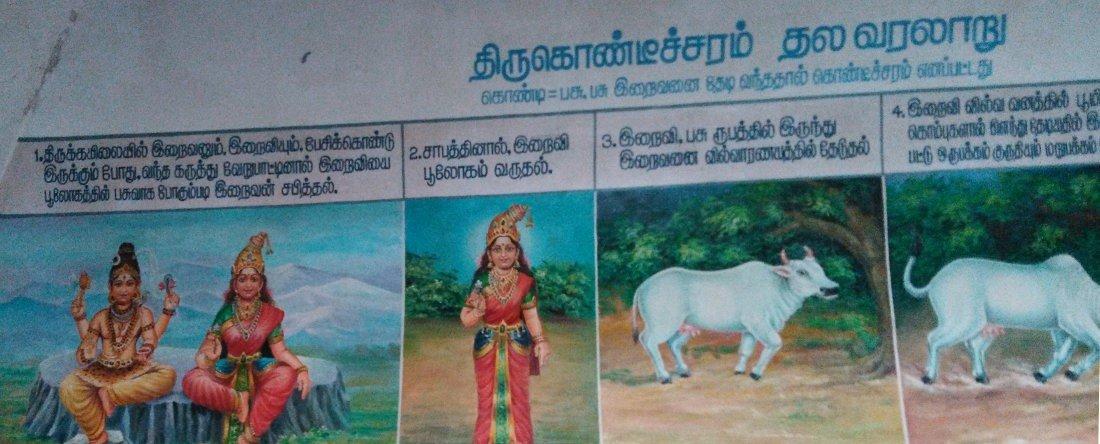
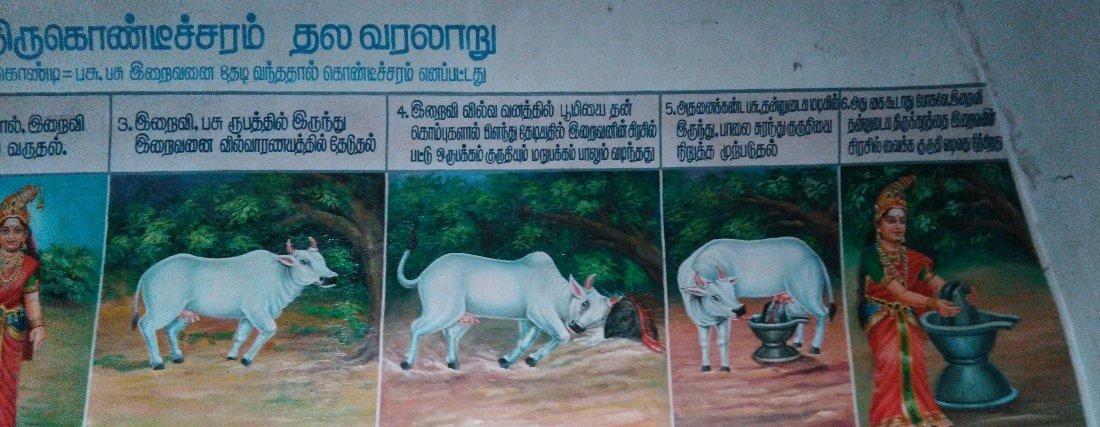
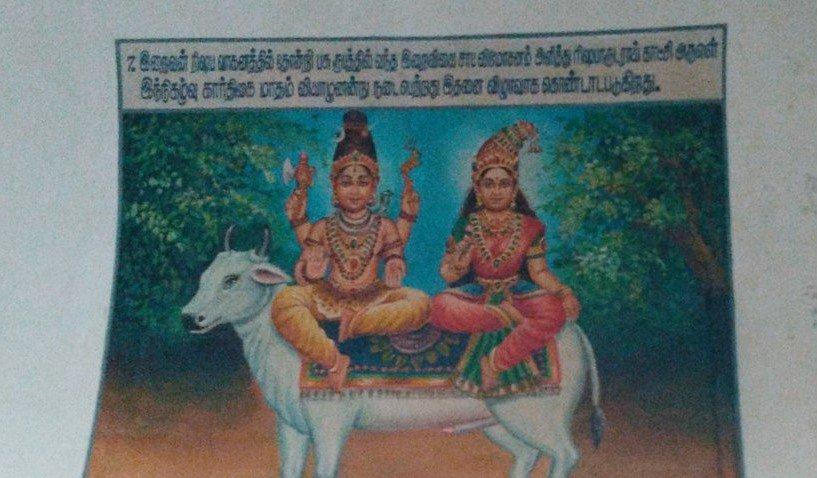
According to the Sthala Puranam, this temple is the second of four sacred sites where Lord Guru (also known as Prahaspathy or Viyazhan in the Navagraha) worshipped Lord Shiva and received his blessings.
The story begins with a curse placed by Lord Shiva on Goddess Parvati, condemning her to be born on Earth as a cow. After pleading for forgiveness, Shiva assured her that she would be freed from this curse at the right time and place, allowing her to reunite with him.
Transformed into a cow, Parvati roamed the Earth, searching for Shiva. In her rage over the curse, she dug into the ground with her horns. At one location, her horns struck a hidden Shiva Lingam, causing it to bleed. Moved by the sight, the cow poured her milk onto the Lingam to stop the bleeding. This act of devotion transformed her back into Goddess Parvati, and Lord Shiva appeared before her, lifting the curse. A scar from the incident can still be seen on the Lingam today.

Thus, the presiding deity is known as Sri Pasupatheeswarar (with "Pasu" meaning cow), and the temple’s sacred water is called Ksheera Pushkarini. Goddess Parvati is worshipped here in the form of Kamadhenu, a divine cow, leading to the name "Kondeecharam" (with "Kondi" meaning ferocious cow).
Another legend recounts Sage Agasthiyar visiting the temple while suffering from a high fever. It is believed that Lord Shiva appeared as Jurakeswarar to cure him. In this story, Parvati, disguised as Kamadhenu, worshipped Shiva by pouring milk on the Lingam, healing its wound. Hence, the place is called Kondeecharam.
Devotees believe that those suffering from fever can find relief by performing an abhishekam with hot water and offering cooked rice as naivedyam.
This temple is part of the seven Lord Shiva temples known as Paadal Petra Sthalams, which all end with "Charam." These temples include:
- Thiru Mundeecharam
- Thiru Patteeswaram
- Thiru Naraiyur Siddheecharam
- Thiru Kondeecharam
- Thiru Pugalur Vardhamaneecharam
- Thiru Ramadeecharam
- Thiru Ketheecharam
ADMINISTRATION:
This temple is under the administrative control of the Hindu Religious and Charitable Endowments Department of Government of Tamil Nadu (HR&CE).
